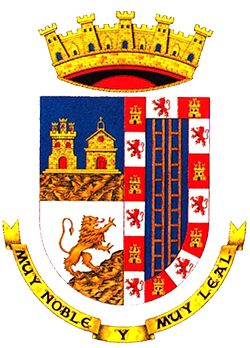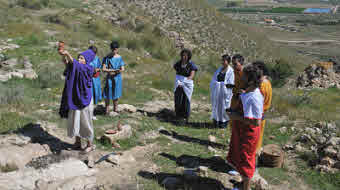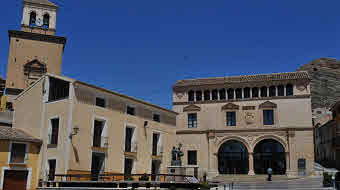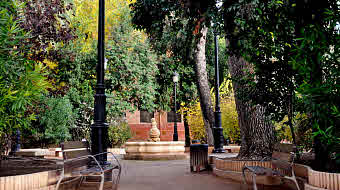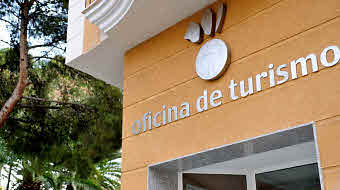-
CABALGATA JUMILLACLICK HERE!
-
 WELCOME TO JUMILLA. WHAT'S ONCLICK HERE!
WELCOME TO JUMILLA. WHAT'S ONCLICK HERE! -
 JUMILLA WHAT TO SEE.CLICK HERE!
JUMILLA WHAT TO SEE.CLICK HERE! -
 JUMILLA WINE ROUTE.CLICK HERE!
JUMILLA WINE ROUTE.CLICK HERE! -
 JUMILLA GASTRONOMY.CLICK HERE!
JUMILLA GASTRONOMY.CLICK HERE! -
 JUMILLA PLACES TO VISIT.CLICK HERE!
JUMILLA PLACES TO VISIT.CLICK HERE!


